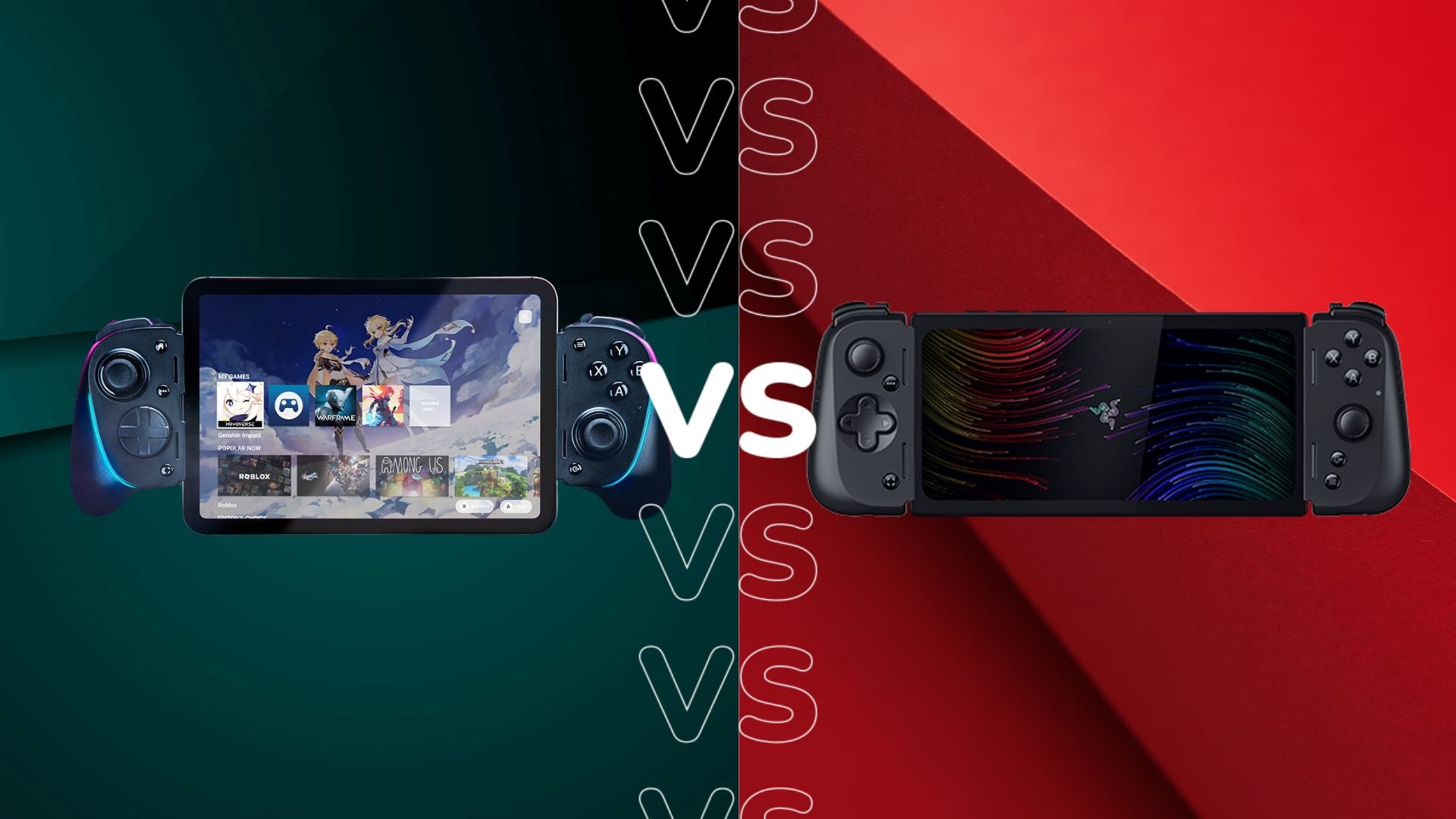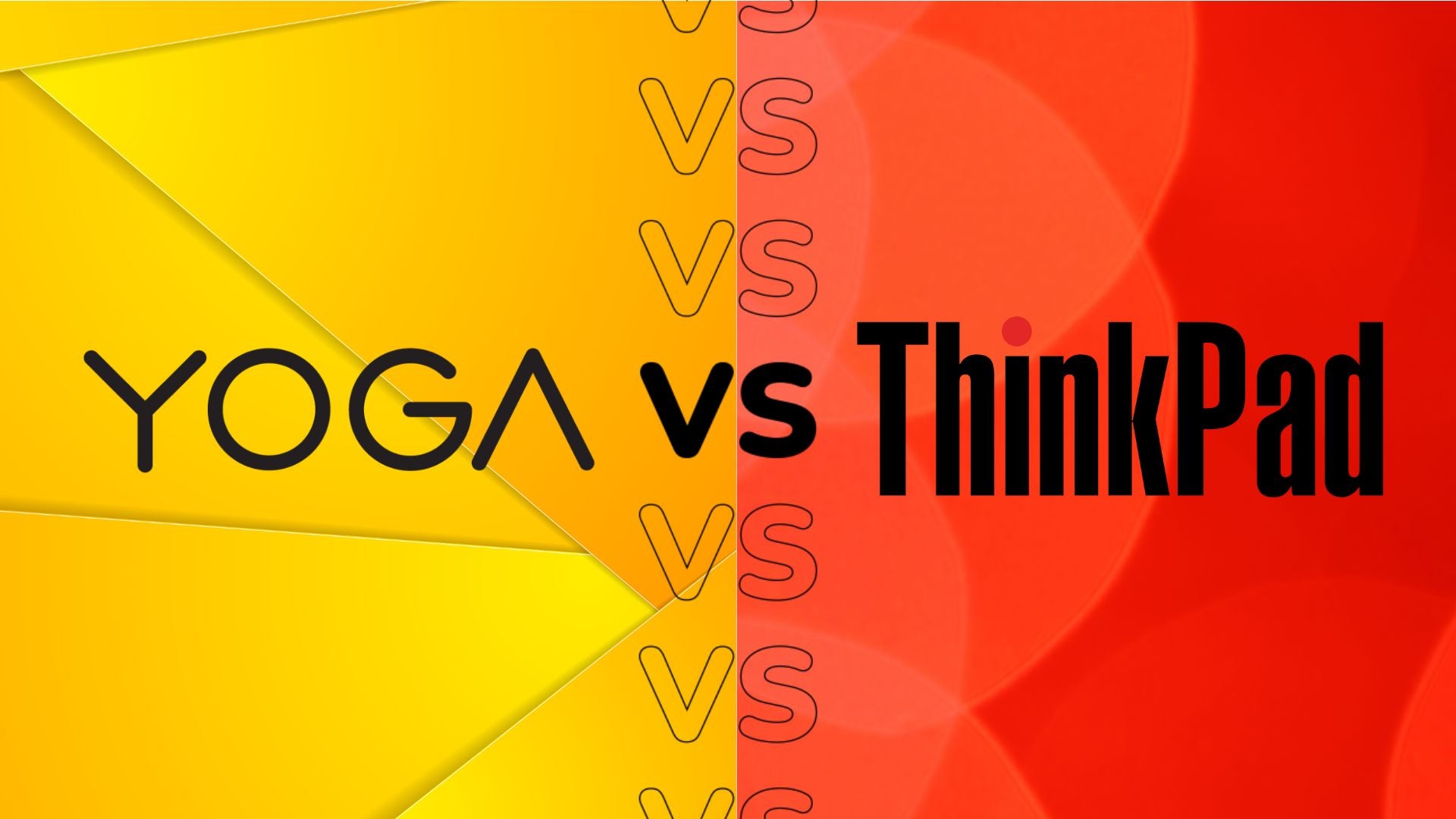Sony Xperia 10 V vs Sony Xperia 10 IV: What’s new?
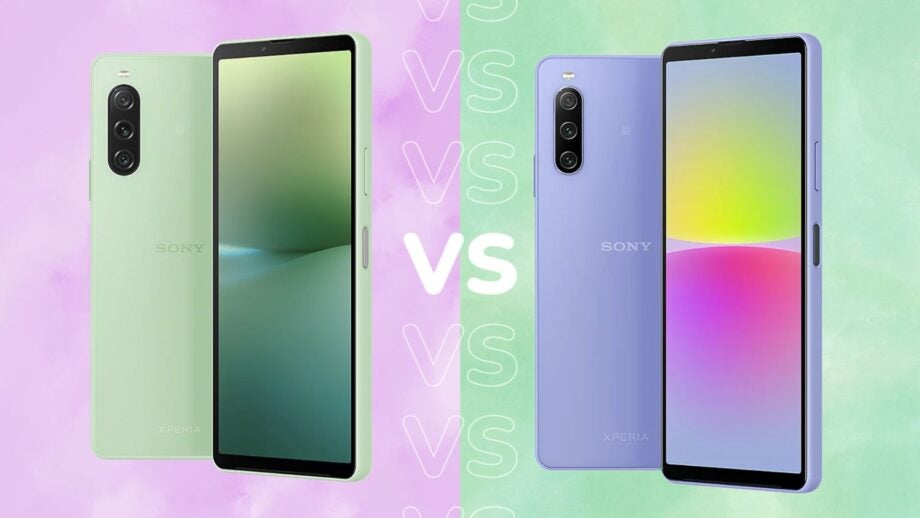
Sony has finally updated its Xperia 10 series with the latest Xperia 10 V. But how does this compare to what came before?
We’ve been inundated with exciting phone announcements recently, with Google announcing the latest Pixel 7a and Pixel Fold, and Sony finally updating its popular Xperia 10 lineup.
The Sony Xperia 10 V is currently available for pre-order from the Sony website, although it’s not clear when these models will ship in the UK, US and Europe right now. The price for the Xperia 10 V starts at £399/$410.
With all this in mind, we wanted to see how it really compares to its predecessor, the Xperia 10 IV. Keep reading to find out all of the differences and similarities between these devices so you can discover which is right for you.
Xperia 10 V has a 48MP main camera
The Xperia 10 V comes with a triple camera setup, including a 48-megapixel main sensor, an 8MP ultra-wide lens and an 8MP telephoto camera. The large 48MP camera sets this apart from its predecessor and should allow for detailed shots.
The 8MP telephoto and ultrawide sensors will allow users to take vibrant pictures from far away and up close, potentially making it a very worthwhile smartphone camera for the price.

The Xperia 10 IV also boasts a triple camera setup. This includes a 12-megapixel main camera, 8MP ultrawide sensor and an 8MP telephoto lens. The telephoto and ultrawide sensors remained unchanged in the most recent Xperia iteration, with the upgraded main camera making it more capable than the Xperia 10 IV.
Both feature the Snapdragon 695 chipset
Both the Xperia 10 IV and Xperia 10 V come with the same Qualcomm Snapdragon 695 chip, which suggests that the most recent handset will offer a similar performance to its predecessor.
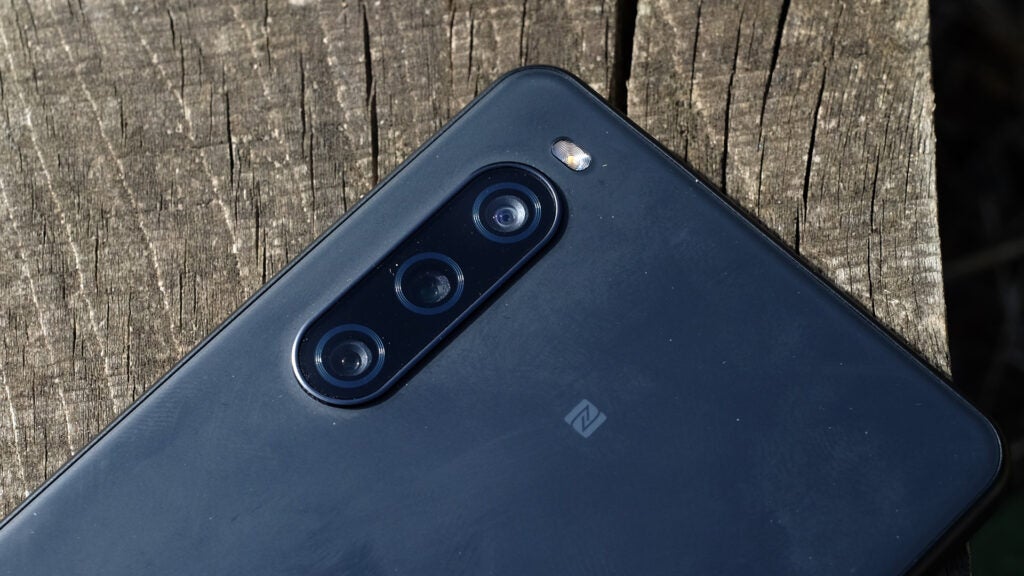
In our review of the Xperia 10 IV, we noted that the Snapdragon 695 was fairly nippy most of the time, but that there were some minor issues in terms of responsiveness. Everything felt a fraction slower than normal, especially compared to other mobile chips like the Realme GT Neo 3T. For a mid-range phone, this was not too unexpected, but it might be a drawback for those looking to invest in the Xperia 10 V.
However, we did notice that the Xperia 10 IV never felt too hot, which was a present issue with the 2022 Sony Xperia 1 IV.
Different colourways on each handset
Both handsets come in four different colourways with a decent amount of variety. The Xperia 10 V comes in White, Black, Sage Green and Lavender, with the last two options boasting a soft, pastel aesthetic.
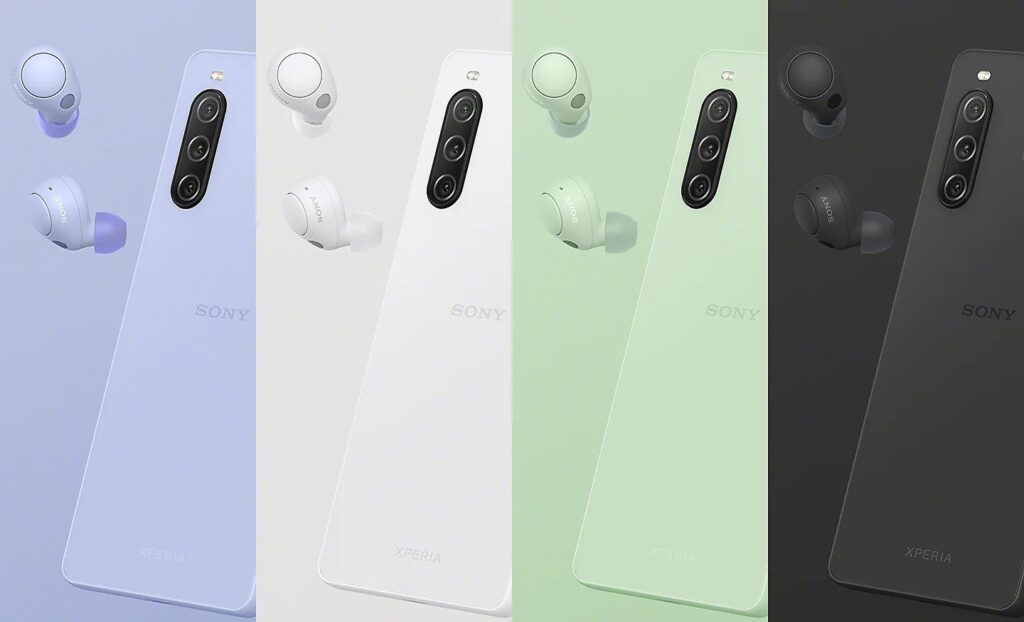
The Xperia 10 IV can be found in Mint, Lavender, White and Black. The Mint and Lavender colourways are a lot bolder and more vibrant than the Xperia 10 V, with our review noting that they were pretty attention-grabbing. Due to the diversity of each handset, most users should be able to find a colourway that works best for them.
Both run on Android 13
While the Xperia 10 IV launched with Android 12, users have been able to upgrade to Android 13 since March of this year. The Xperia 10 V will launch with Android 13 already installed, meaning that both phones will be able to reap the benefits of this operating system.

Android 13 put a lot more emphasis on customisation and personalisation than previous Android operating systems, with the option to match your favourite colour to the phone’s wallpaper and to themed app icons. It comes with a media player that outs the album artwork onto the home screen while in use, as well as the ability to set different language settings to individual apps.





